Final presentation for phase 01
DIVERGENCE: Reflecting on what we had
As the team wanted to explore other problem spaces, we evaluated our collection of opportunity cards against what we found most interesting. We concluded to four opportunity cards to approach which were medical waste (PPE), study stress, soil degradation and food waste. Using two different mapping techniques, we explored each of the areas by looking investigating the system behind the problem and assessing our knowledge on the problem.
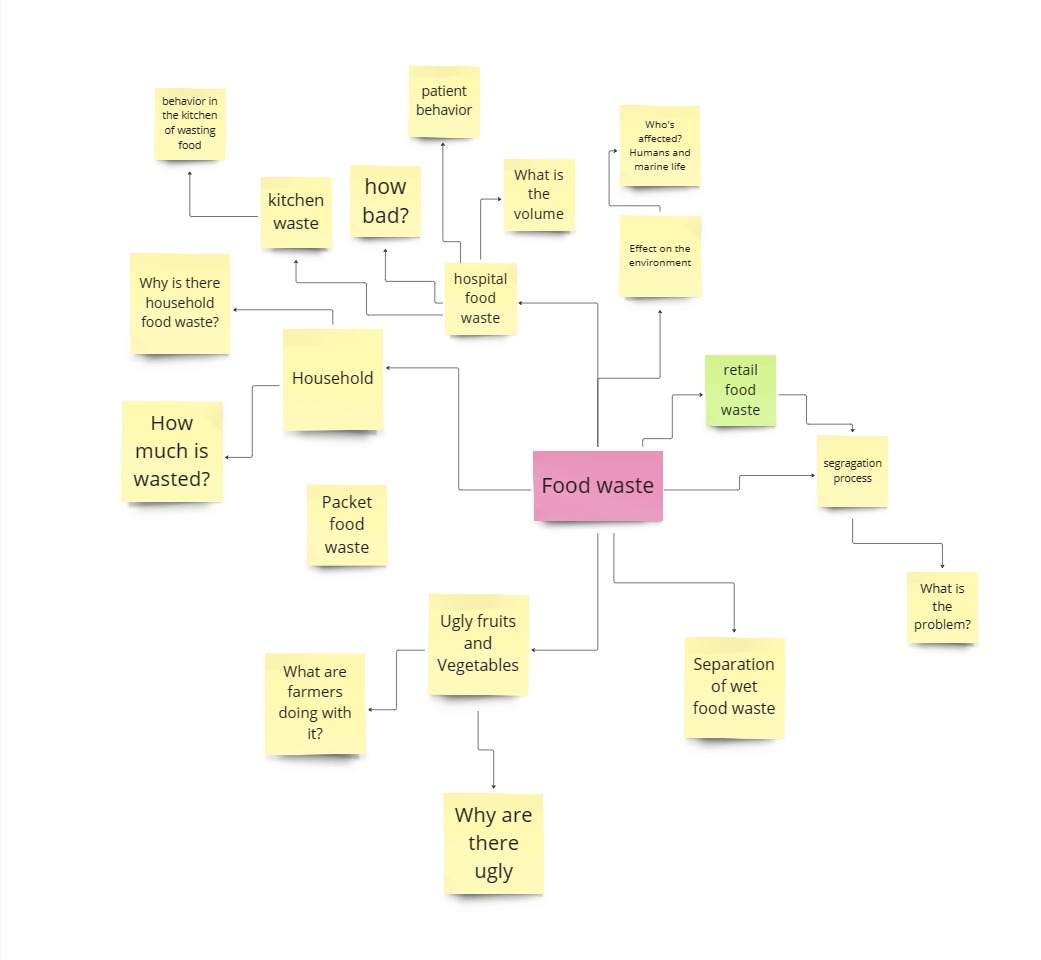
A mind map of looking into the system of food waste
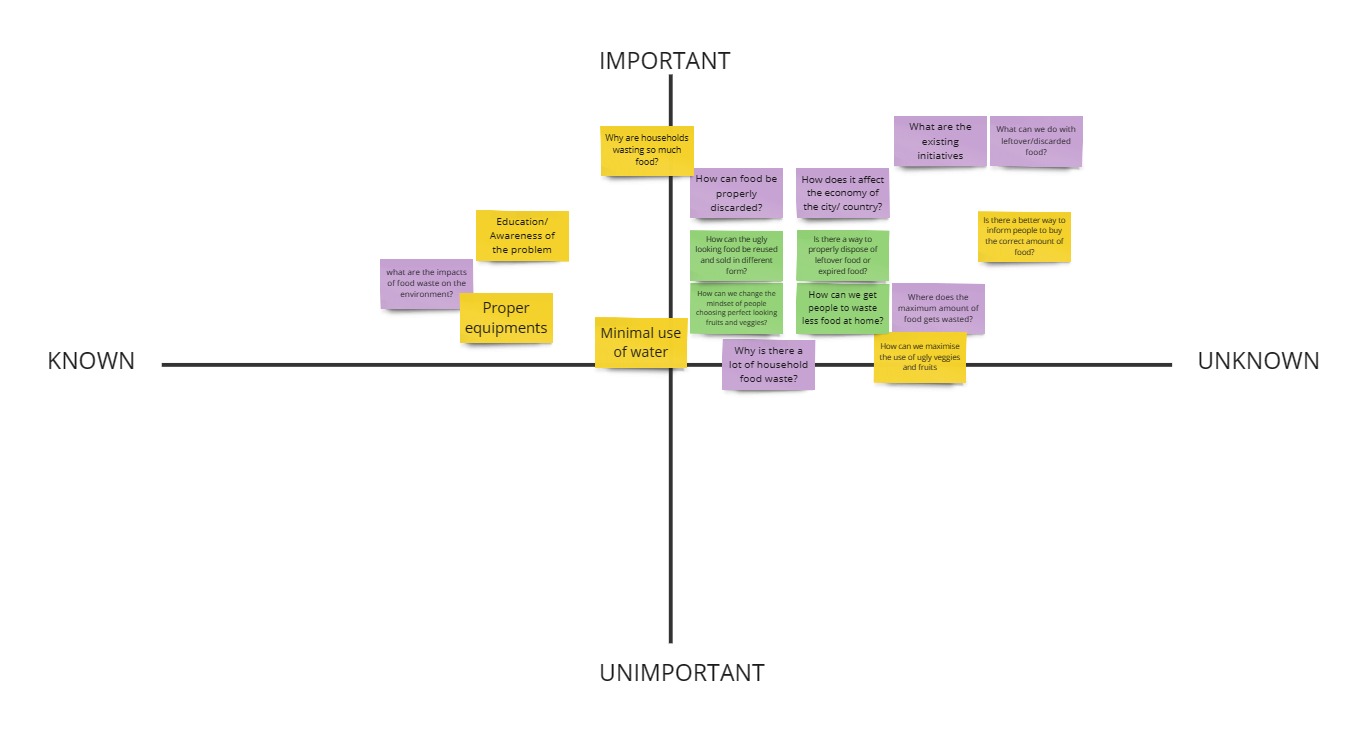
A map to assess the questions we have on food waste
CONVERGENCE: Narrowing it down
After conducting the activities exploring the four problem spaces, we converged to food waste because we found it to be more prospective with solutions. Specifically, we converged to household food waste as we discovered that one-third of food waste in Australia comes from households. We conducted research to pinpoint the reasons for why there is an abundance of food waste in Australia and we narrowed down the reason under poor food management leading to food to becoming expired. The reasons for poor food management included:
- Forgetting about food that is hidden in the fridge.
- Bulk buying
- Over cooking food portions
To tackle this specific problem, the team generated a few idea napkins which included:
- Smart organizing fridge
- Smart dining table to store food.
- Smart grocery cart
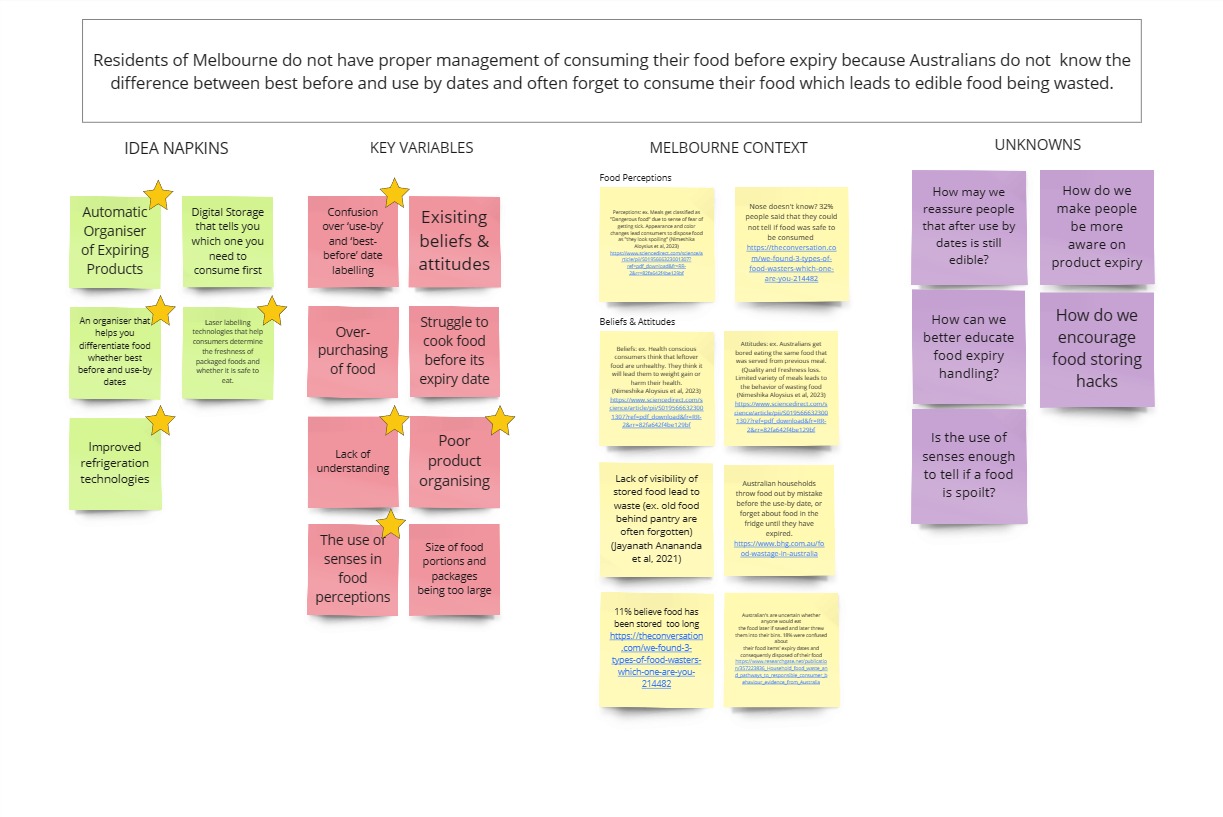
Snaphot of the expiry food managment problem space
Project Direction
From our team’s reflection on our research and development, we decided to specifically tackle the lack of proper food management that leads to food becoming expired. We discovered that this is a concern in the Australian household that has a significant contribution to the food waste in Australia. To tackle this problem, we propose Fruffle, a redesign of the existing concept of a fridge to help household consumers better manage their groceries. Fruffle incorporates Cern and Attract Technology to organise food inside the fridge and inform users when food may expire. We envision that Fruffle will encourage Australians live a more responsible lifestyle and be mindful of their consumption.
Problem Space: Food Management (Expiry)
Each year in Australia, 7.6 million tons of food are wasted across the food supply chain (dcceew, 2023). The problem with food waste is it consumes significant amounts of resources including water, electricity and capital. In Victoria, the food waste at the consumption stage wastes the most resources because of the amount of resources that are accrued in the entire supply chain (Sustainability Victoria, 2020). Another significant problem is the environmental impact of food waste to the environment. Food waste releases methane gas which is 80 times more harmful than carbon dioxide (UNEP, 2021). It contributes more to the rise in global warming which will lead to negative environmental changes including (WWF, 2018):
- Increased droughts.
- Damage to marine life.
- Increased extreme weathers such as bushfires.
Among the different sectors, household contributes to the most waste of around 30% of total which equates to approximately 2.5 million tons of food waste (dcceew, 2023). One significant reason for the high output of household food waste was a result of poor food management. The challenges Australians faced was that:
- Many were unsure if their leftover food was safe to eat (Nguyen & Conner, 2023).
- Confusion use-by and expiry dates (Haque, 2021).
- Busy lifestyle that makes it challenging to find time to meal prep (CSIRO, 2023).
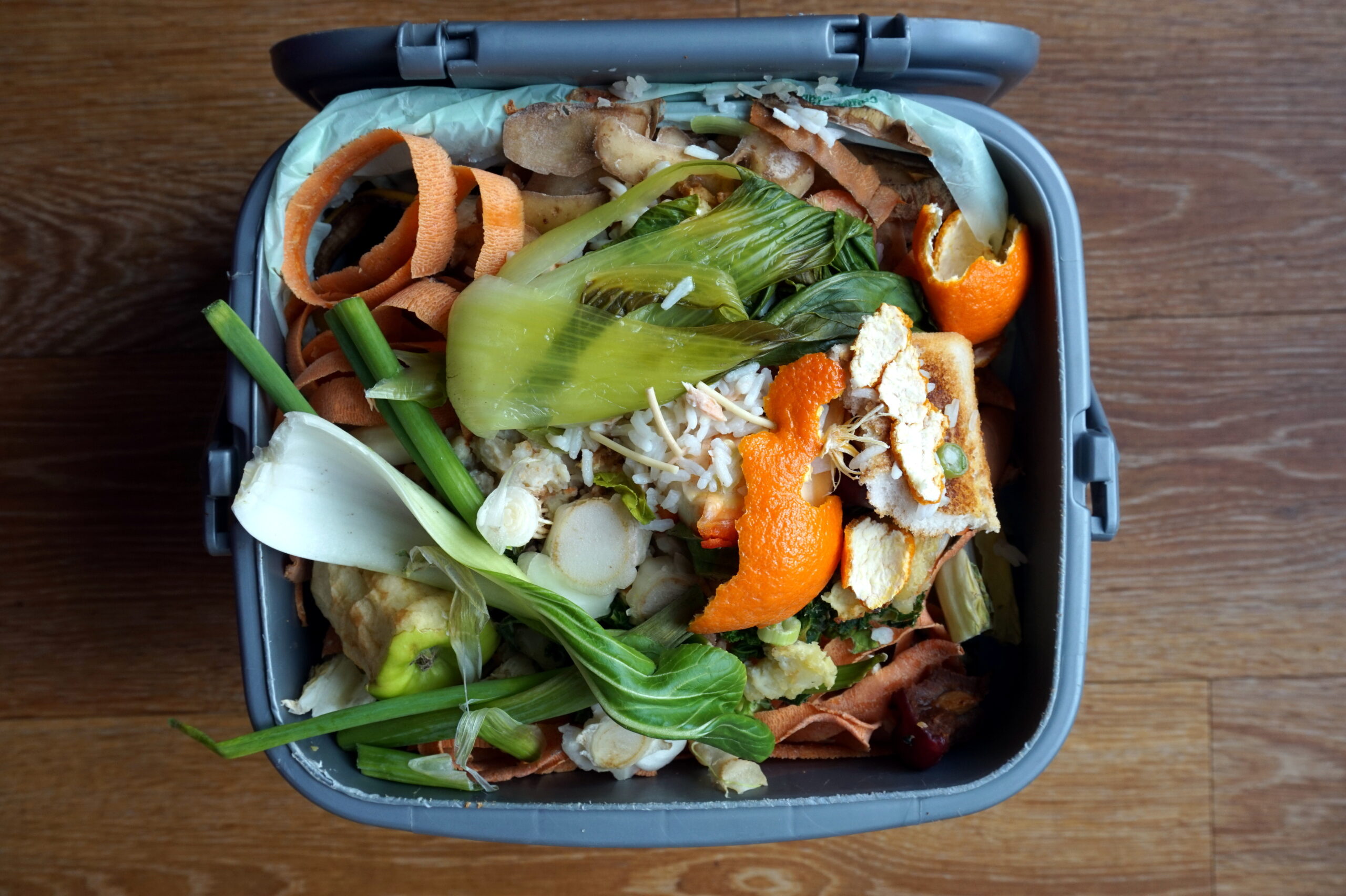
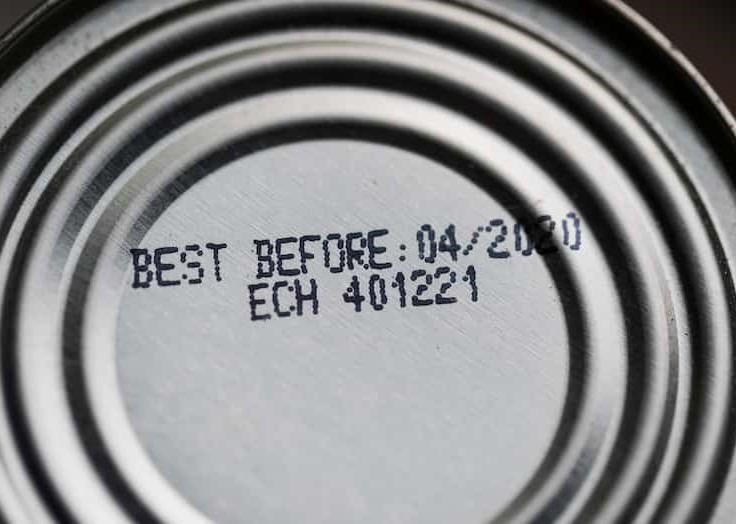
Chosen Direction: Fruffle
To help Australians avoid letting their food expire, we propose a new electronic to store and organize food, Fruffle. This concept builds on existing fridges which will integrates cern and attract technology. Fruffle will be integrated with a physical shuffling system that allows food to be reorganized depending on its expiry date. To assist with the shuffling mechanics, we will use cernbot which is a mechanical arm to help sort the food inside Fruffle. Moreover, we intend to use Hylight and Visir2 – which are sensory technologies – to assess the quality of the food within Fruffle. Further applications of Fruffle will be the integration of A.I, which we help propose recipes based on what is inside Fruffle or inform the users what kind of groceries is needed to buy. In addtion, we have ideated features that may be included into Fruffle such as:
- Preservation Gas
- See-through door
- Carbon foot-print tracker from food waste.
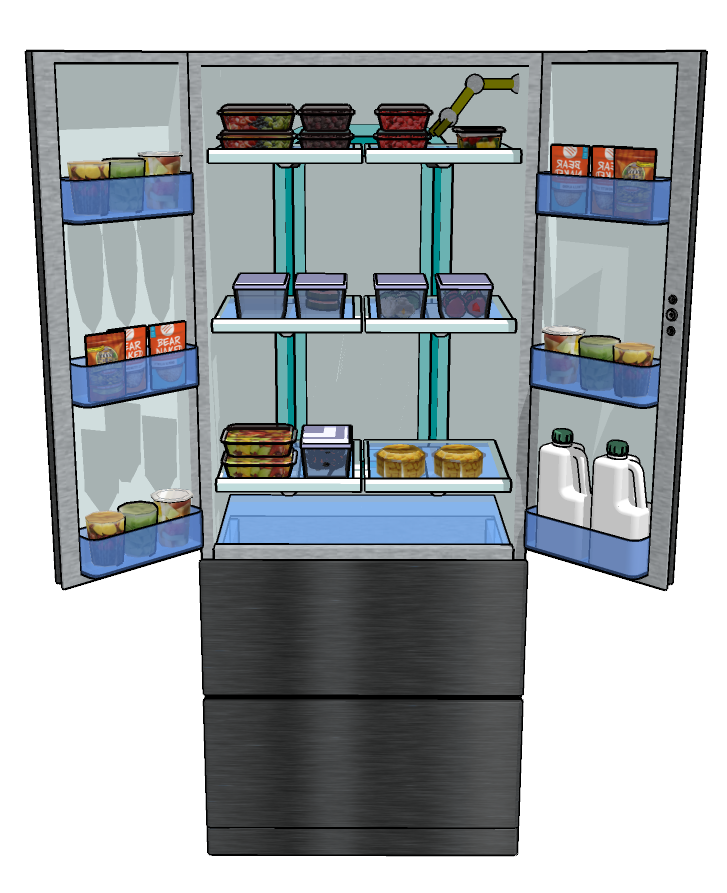
Fruffle – An automatic storage organiser
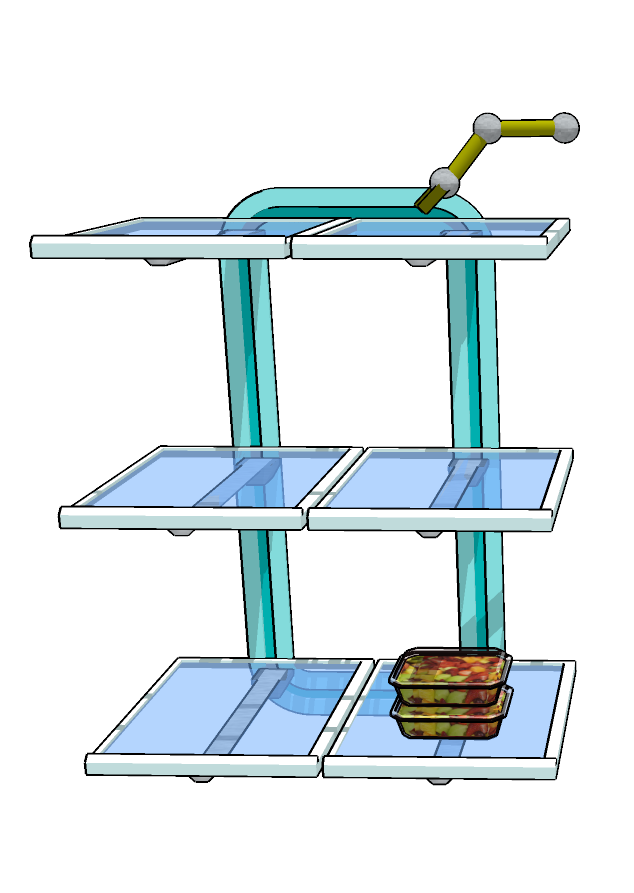
Shelfs (Stationary)
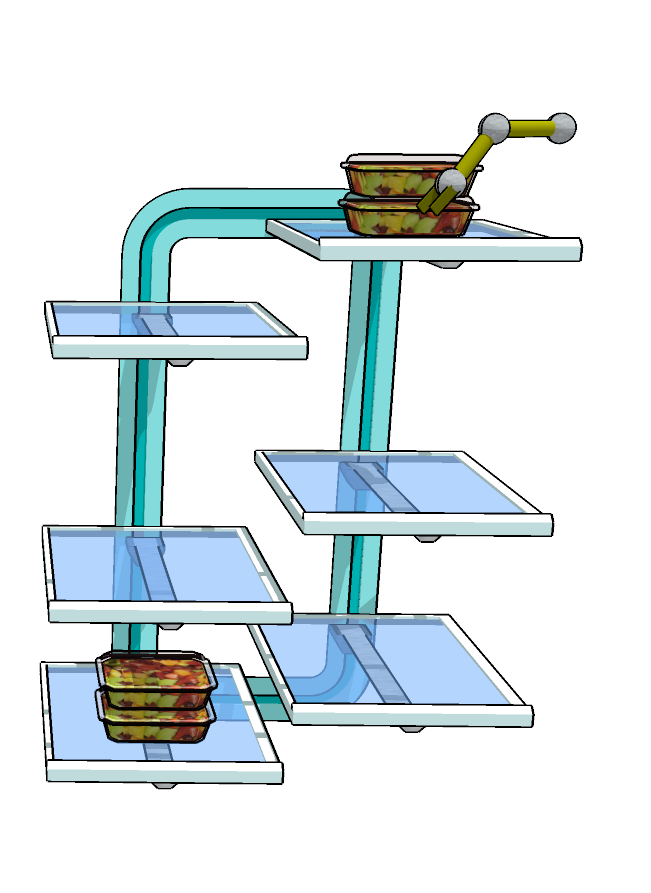
Shelfs (Re-organising)
Next Steps
Looking ahead to phase 2, we will work on the feedback we received on our presentation. The feedback we will work on is:
- Reevaluate our current design of Fruffle and the integration of technology
- Look at how the future community may look like (more NGO’s)?
- Assess whether we want to move forward with this concept.
TEAM SNAPSHOT
HIGHLIGHT: The end of phase 01 was marked by the conclusion of our presentation. Presentations are always nerve-wracking, however, we made it through! These past few months has been tiring and challenging. However, it has been a rewarding experience and we all have learned a lot in phase 01.
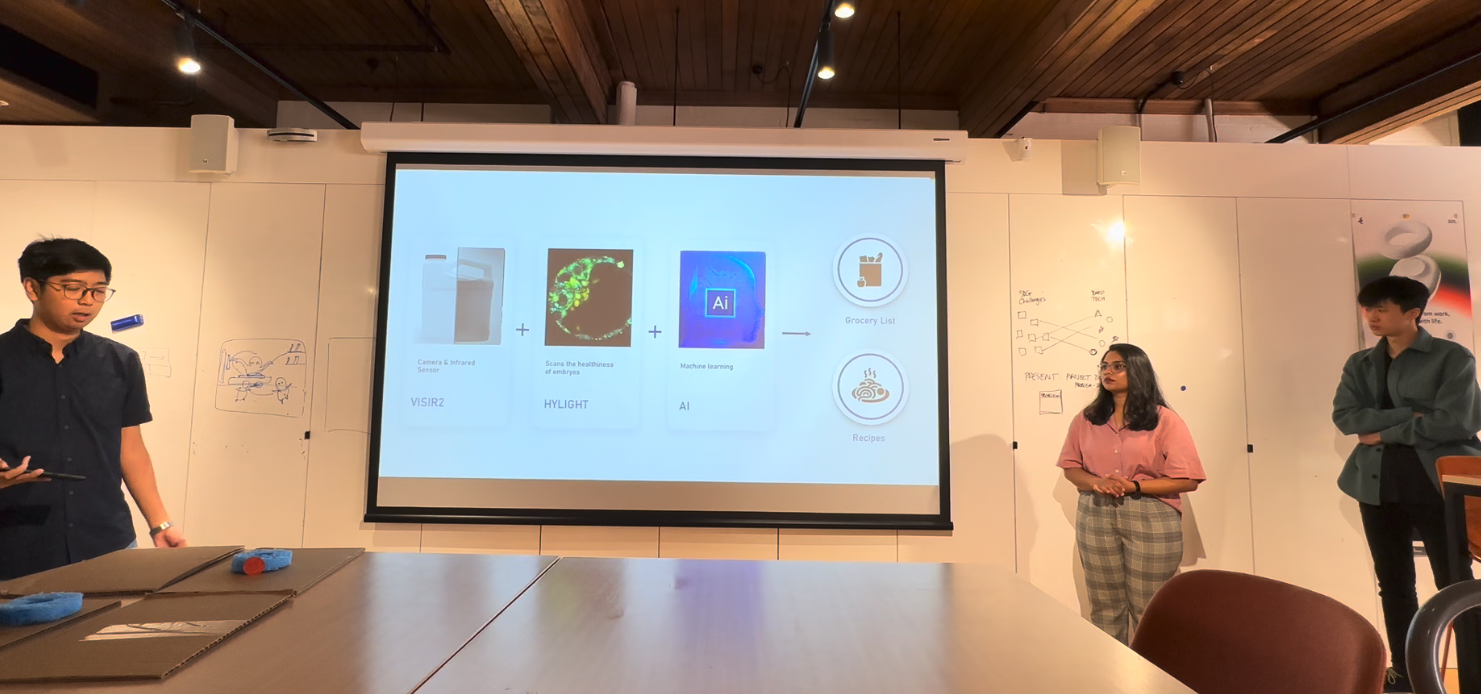
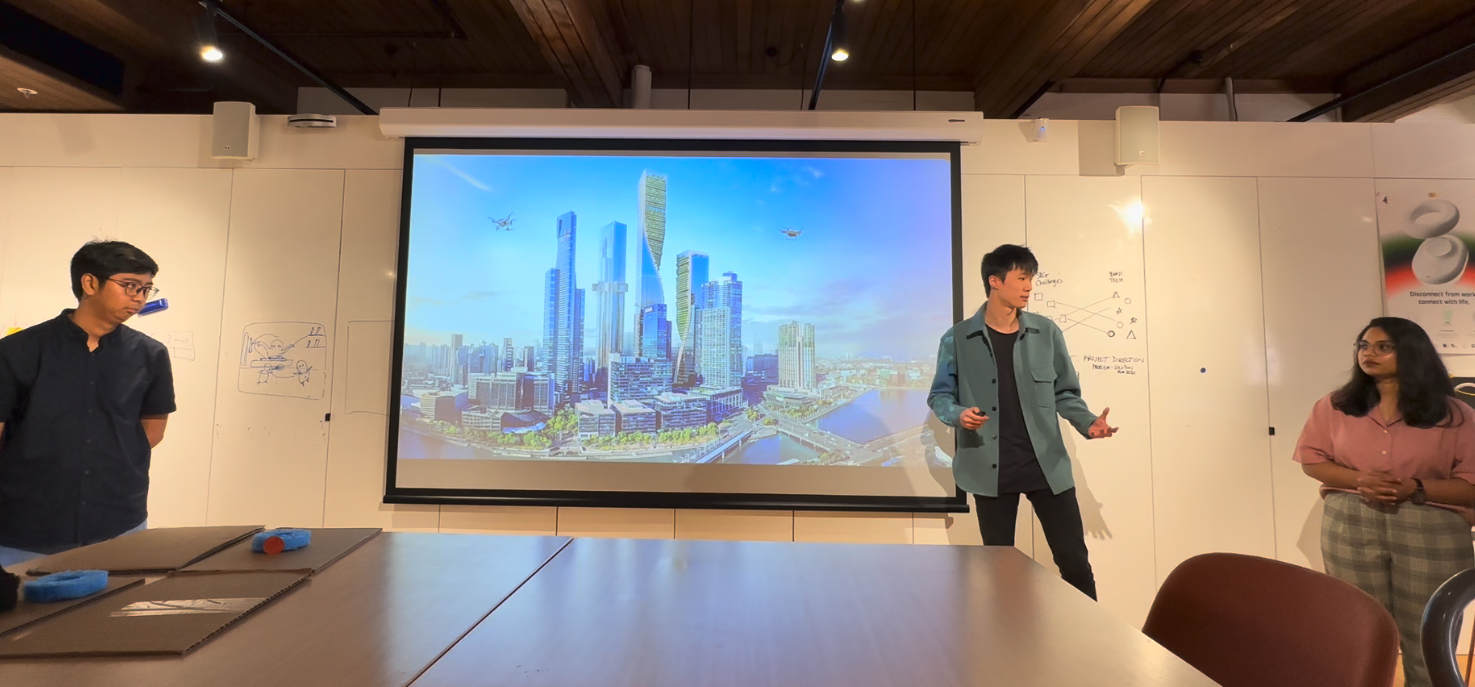

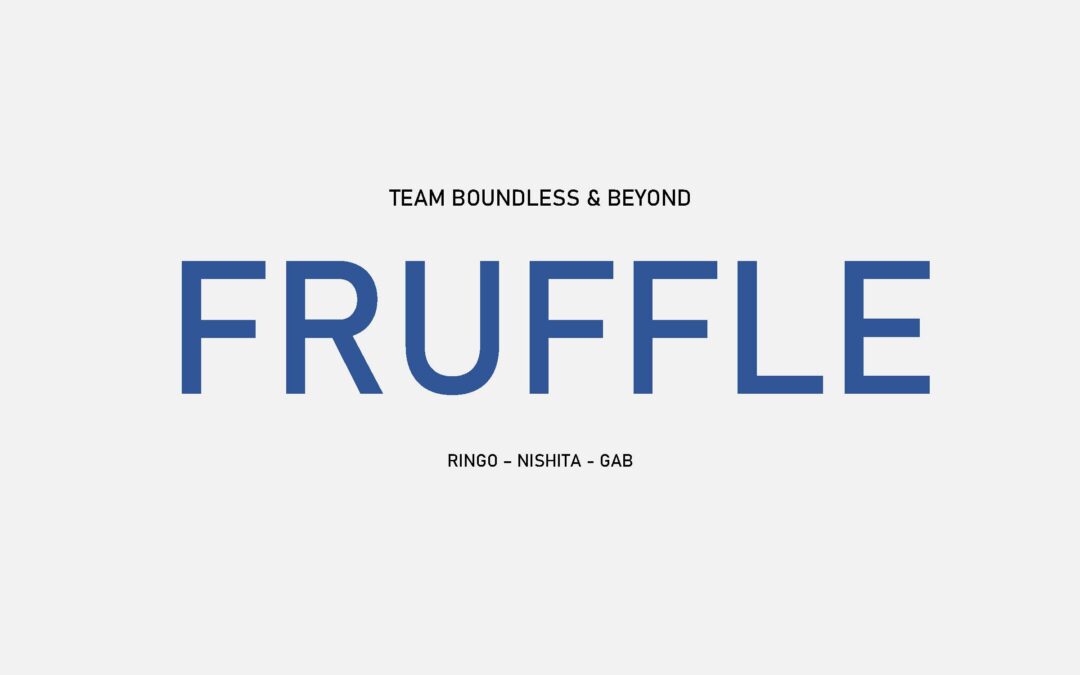
Recent Comments